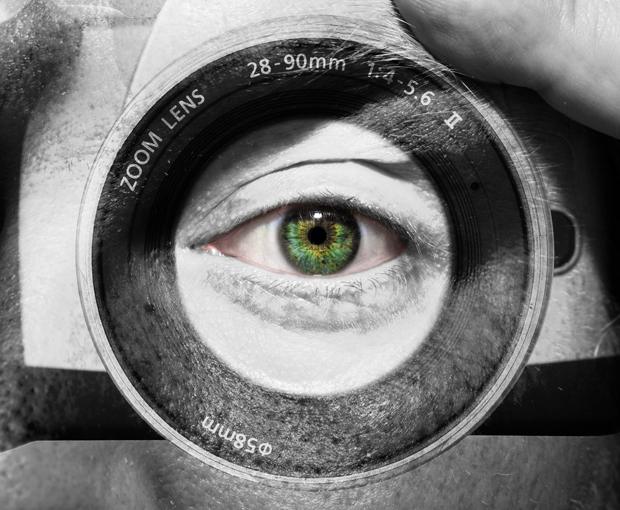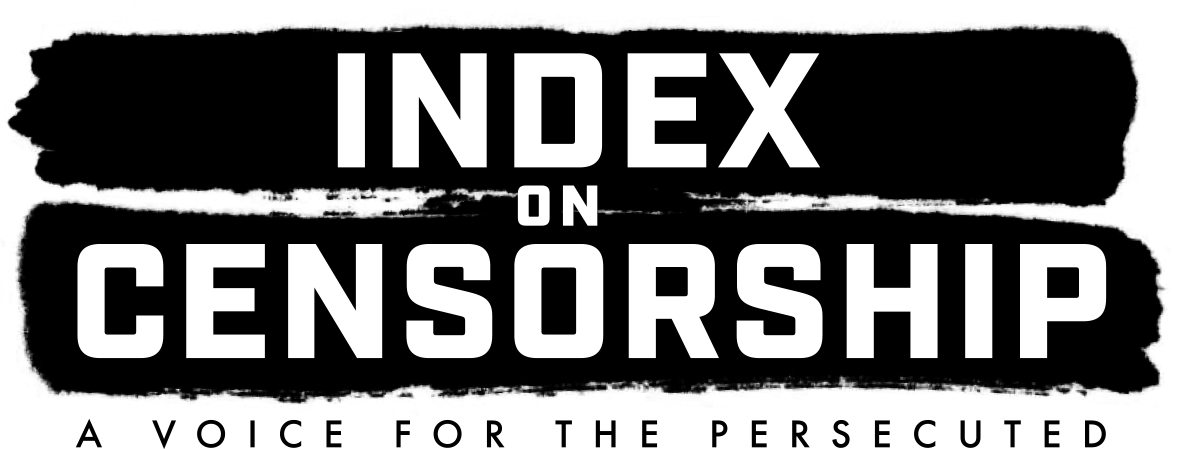
(Photo: Shutterstock)
For us jaded Europeans, the United States’ first amendment, with its simple pledge that the government will keep out of the business of religion and censorship, seems as stubbornly, oafishly American as Hulk Hogan. It’s a loud tourist with a bumbag, wasting his money in an Angus Steakhouse; it’s Burt Reynolds’ moustache; it’s Jane Russell’s specially-constructed brassiere; it’s brash and unsubtle and does not do nuance.
Which is why we’re so ready to accept the idea that a US court has decided that the first amendment concept of free speech trumps all, even sexual harassment. Especially if that court is in Texas, the bit, we imagine, that makes the rest of the United States look sophisticated.
“Texas court upholds right to take ‘upskirt’ pictures”, said the Guardian, while the Independent tweeted “You’re legally allowed to take upskirt pictures in Texas because it’s ‘freedom of expression’” (note the scare quotes).
The stories under the headlines concerned a ruling by the Texas Court of Criminal Appeals in a case concerning a man named Ronald Thompson.
Thompson had been caught taking pictures of children and women at a water park in San Antonio, focusing on what I believe is called the “bikini area”. Thompson reportedly tried to delete the photos as he was apprehended. He was indicted on 26 counts under Texas’ “improper photography or visual recording” law.
Thompson appealed the indictments on the grounds that the law was incompatible with the first amendment. The court agreed with him, leading to the headlines across the world. Most reports, including, it should be said, the American ones, went hard on the “upskirt” or “creepshot” angle, declaring it was now entirely legal to well, be a creep with a camera in Texas.
Is it really? Well, sort of, ish.
The judgement issued by the court is a genuinely fascinating read for anyone interested in free expression, far from the gun-toting, sexual harassment-ignoring, good ole boy decision it has been represented as. It involves discussion about what constitutes the public realm and the nature of consent. It goes into some detail as to whether the act of photography is in itself creative expression, and decides it is.
Some commentators, such as Salon’s Jenny Kutner have picked up on the wording in the judgment suggesting that “Protecting someone who appears in public from being the object of sexual thoughts seems to be the sort of ‘paternalistic interest in regulating the defendant’s mind’” as evidence of a court being more interested in a pervert’s right to perv than a woman’s right not to be harassed.
But it’s actually a point well worth making. Courts and governments cannot be involved in what people find sexually arousing in their imaginations; it’s only if actions cause harm to others that the law should intervene.
This is not, then, a ruling taken lightly. Rather it reviews very seriously a badly written law.
The law itself, section 21.15 of the Texas Penal Code, reads as follows:
(b) A person commits an offense if the person:
(1) photographs or by videotape or other electronic means records, broadcasts, or transmits a visual image of another at a location that is not a bathroom or private dressing room:
(A) without the other person’s consent; and
(B) with intent to arouse or gratify the sexual desire of any person;
The “bathroom or private dressing room” exclusion seems weird, but is only there because the next clause specifically refers to bathrooms and private dressing rooms, presumably drafted in light of some kind of Chuck Berry scenario (the guitar legend was accused of secretly taping people using bathrooms in his Missouri restaurant).
The problem is that this is far too broadly drawn as a law, but also weirdly specific. What it does not address at all is what might be a reasonable expectation of privacy in public: it is not a serious argument to suggest that one must always actively give consent to being photographed in public space. But it is reasonable to expect that no one should be taking upskirt pictures of you: the judgment acknowledges as much, specifically mentioning upskirt photographs as an “intolerable” breach of privacy.
The weird specificity comes with the “sexual desire” bit; why is this kind of thought worse than any other? Shouldn’t the focus be on the breach (or not) of privacy, rather than what thoughts the images might lead to? Apart from the argument over whether photography is an act of expression, it is this clause that raises free expression problem with the law: put simply, the human mind is capable of eroticising pretty much anything. Any kind of picture could “arouse or gratify the sexual desire of any person”. Once again, the focus is in fact taken away from the act of breaching privacy and towards the act of expression.
In spite of initial appearances, the Texans have done a good thing here. The state will now have to come up with a law that properly balances privacy and free expression, rather than giving just piecemeal thought to either concept.
First amendment cases often solicit astonished responses. But more often than not, a first amendment consideration isn’t just free expression rolling into town in its monstrous, burger chewing, gasoline drinking, Okie from Muskogee way. No. More often than not, the first amendment forces some real thought and analysis to take place in public life.
This article was posted on Thursday, September 25, 2014 at indexoncensorship.org





